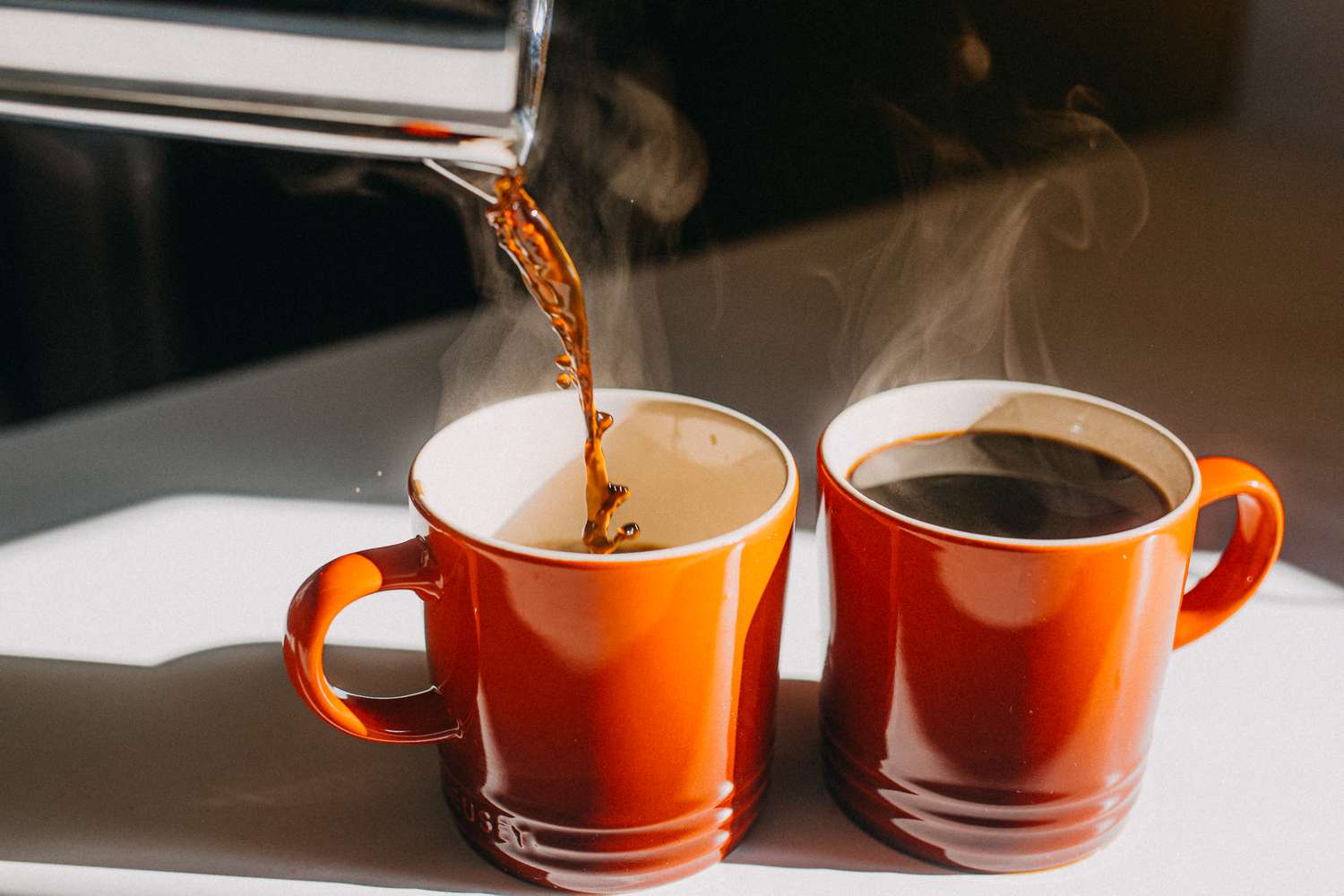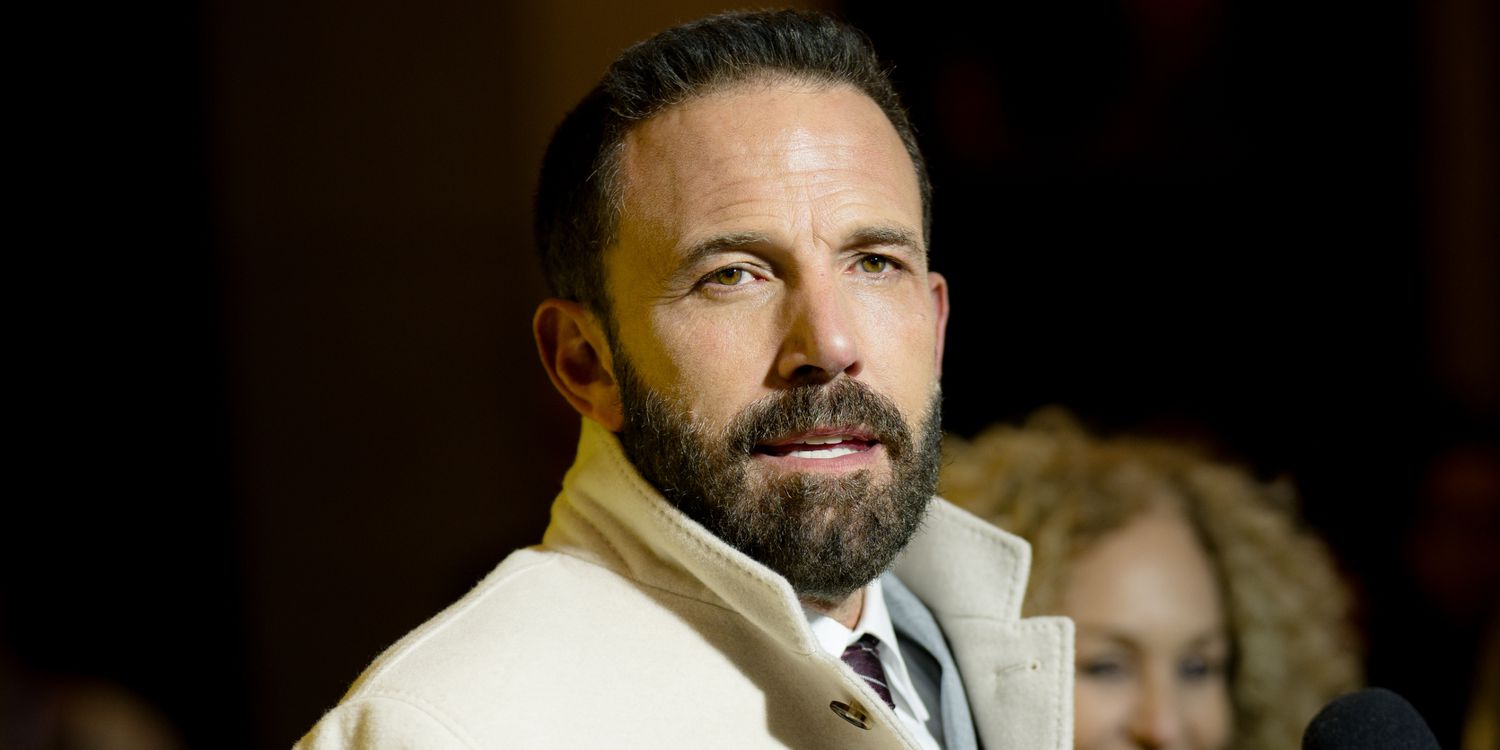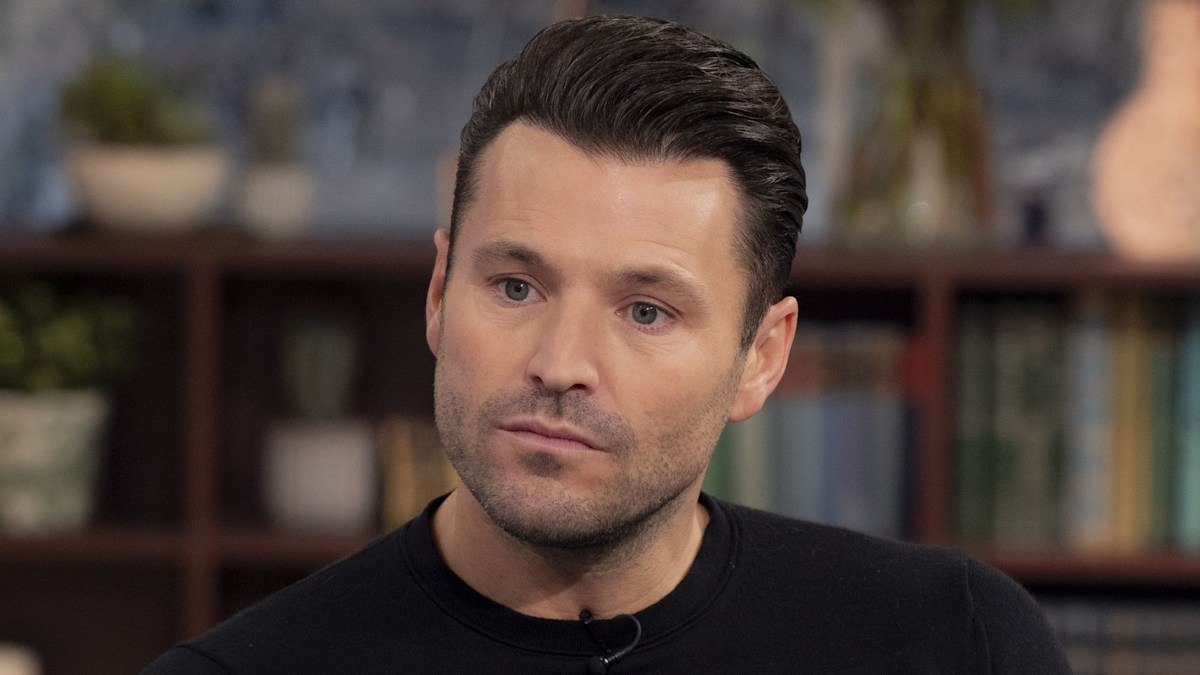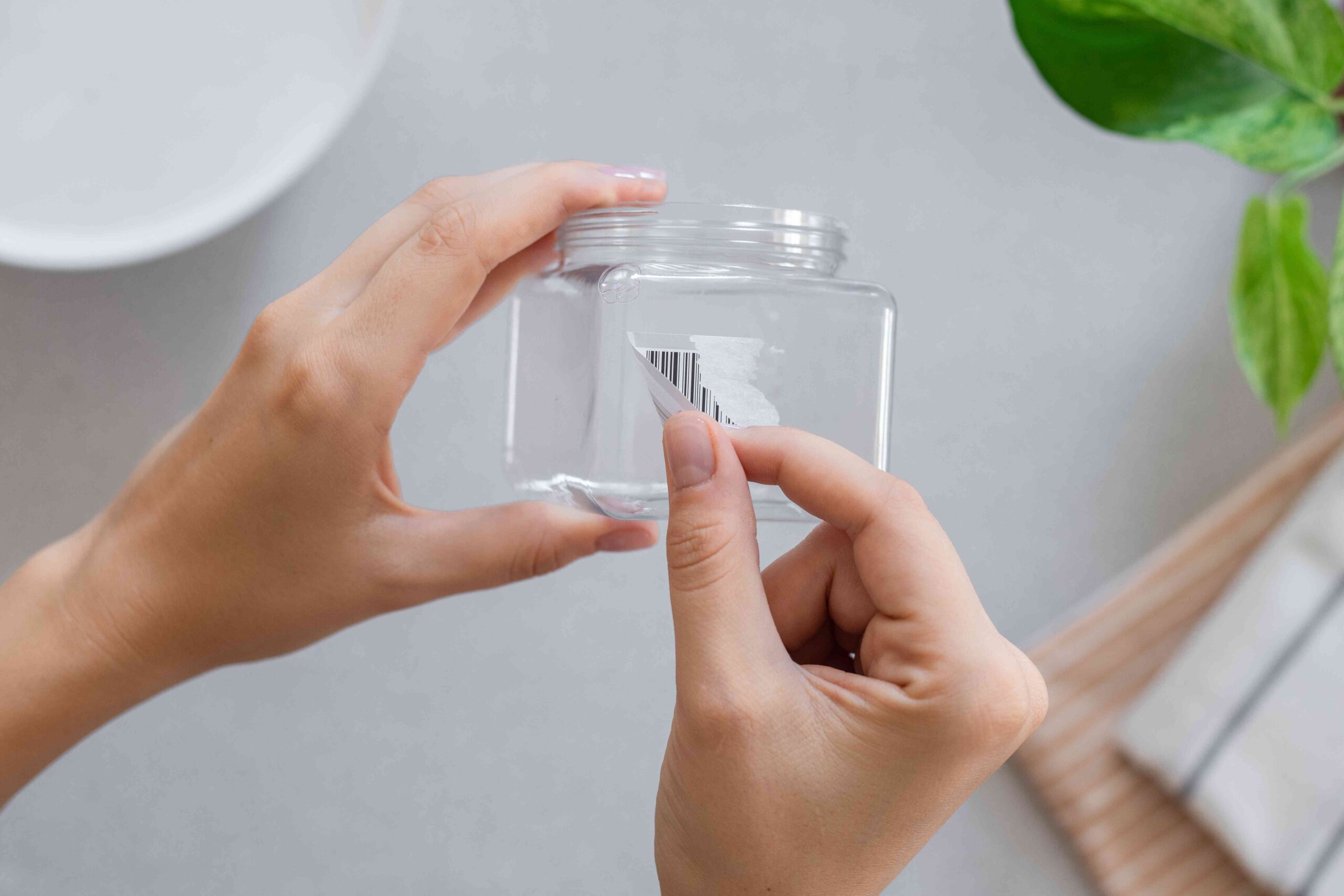
We Asked 6 Coffee Experts the #1 Mistake Everyone Makes When Brewing Coffee—They All Said the Same Thing
Key Takeaways
- When brewing coffee at home, people often use inaccurate measurements. Weighing out your coffee is best.
- To ensure a consistent grind size, and thus the best extraction and flavor, use a burr grinder.
- Don’t forget to consider the water. Coffee experts recommend using filtered water rather than tap.
With the increase in small batch roasters and local coffee shops across America, the standard for a great cup of joe has equally risen. But raise your hand if you’ve ever experienced the most fantastic brew ever, with flavors and aromas that blew your mind, then brought the beans home only to wonder, What went wrong?!
Murilo Santos, co-founder and roastmaster of Boarding Pass Coffee in Alpharetta, Georgia, assures us we’re not alone in this frustration. “We experience this often,” he laughs. “Customers come to our shops and love our coffee, purchase it to make at home and come back later saying it didn’t taste the same, or as good.”
Turns out there are a few reasons why results vary. We asked six baristas, café owners, roasters and experts, and they all agreed on the three major mistakes that foil us at home.
- Inaccurate measurements
- Inconsistent grind size
- Using tap water rather than filtered
Find (and Stick To!) Your Golden Ratio
Artisan coffee may lead you to believe that brewing it is an art, but news flash … like baking, it’s a science. And because it has so few ingredients, proportions matter more than ever, which is why inaccurate measurements are cited as the No. 1 cause across our panel for suboptimal results.
No matter if you have great beans, “Precision is key to a balanced brew,” says Lindsey Sozio, founder of Denver-based Lavender Coffee Boutique. “Too much coffee or too little water results in over-extraction, leading to a bitter taste; too little coffee or too much water results in under-extraction, for a sour and weak taste.”
To get it right, Santos says, “In the coffee industry, we use the metric system because it is more precise, but measuring your coffee with a scale is always a better choice.” Because, “Even if you use the same scoop every time you make your coffee, you’ll get a different quantity each time,” promises Kat McCarthy, a Specialty Coffee Association–authorized trainer and Lavazza’s New York training manager. “Weighing out your coffee will ensure you have the correct dose of grounds with no question. Weighing your water can be another step if you’re hand-brewing, like with a pour-over … you won’t need to eyeball your water in a measuring cup.”
However, what constitutes a perfect cup of coffee can mean something different for everyone, which means measurement is less about the amount of ground coffee you spoon than it is about your ideal ratio.
“Most drip brew or pour-overs have a 1-to-18 coffee-to-water ratio, which means 18 grams of water for each gram of coffee,” explains Adam Kelley, owner of Leopard Forest Coffee Company, just outside of Greenville, South Carolina. On the other hand, Santos serves a 1-to-17 ratio at his cafés. McCarthy’s recommendation is to start with 1-to-16 for most drip-brew methods and adjust to your taste from there, one increment at a time.
Use a High-Quality Grinder
With such an emphasis on getting the proportions right, you might think that having a top-of-the-line coffeemaker is the top priority in terms of equipment. Surprisingly, you’d be wrong.
Sozio explains, “Investing in an expensive brewer while neglecting the quality of the grinder is a common error. A good grinder is essential for consistent particle size, which significantly impacts extraction and flavor. While a good brewer is helpful, the grinder has a more significant impact on flavor because a poor grinder produces inconsistent particle sizes.”
Kelley’s guideline: Larger particles for longer brew times and smaller particles with shorter ones. “For example,” he expands, “a French press is a full immersion process that takes about six minutes and uses a coarser grind similar in size to breadcrumbs or sea salt. In contrast, espresso is a pressurized extraction method with a brew time of 20 to 30 seconds and a grind size like flour or powdered sugar.” Machine-made drip coffee lies somewhere in the middle, but it’s most important, McCarthy emphasizes, to match your grind to your process.
To get the best grind, use a burr grinder and not a blade grinder, advises Amy Smith, co-operator of EXO Coffee of Tucson, Arizona. “Capresso makes affordable versions. You can also get fancy hand grinders, but I don’t recommend it,” she confides. And if you’re not ready to invest, Sozio has a pro tip. “If you don’t have a burr grinder at home”—her favorite is the reliable Fellow Ode Grinder—“your local roastery is your best bet! Have them grind your beans weekly, tailored to your brewing method, for the freshest taste.”
“Following a correct ratio and grind size will aid in achieving the optimum soluble yield of dissolved solids, which allows the coffee’s sweetness to balance the extremes of both the acidity and bitterness,” Kelley concludes.
Remember That Water Is a Key Ingredient
Same as with common mistakes folks make with iced coffee at home, the variable traits of simple H2O—that is, beyond measurement—will definitely have a significant impact on the quality of your hot brewed coffee. This is why Santos swears by always using filtered water and not tap water.
Tayler Jackson, manager of operations and executive barista for The Grind in Wytheville, Virginia, likens the effect of purer water to how McDonald’s achieves its “crispy Sprite.” She says, “Although you don’t need a commercial reverse osmosis water filtration system, a lack of a basic filter will absolutely affect your cup. From water-treatment chlorine additives to minerals, aged infrastructure pipes in your apartment building or heavy limescale regions around the world, these things dilute the potential of your cup. This is especially true for cold brew … imagine your coffee steeping for almost an entire day in that water. What are you really going to be tasting?”
Water temperature is another dynamic variable. All of our experts agree that the perfect temperature for residential machine-made drip coffee is 195 to 201°F. “Brewing lower than 195°F will decrease extraction,” Kelley says, which Smith cites as the primary reason for a sour cup. On the other hand, Kelley points out, “Brewing higher than 205[°F] will start to extract from the insoluble fibers of the bean, assuring an astringent or bitter cup, especially when using water hotter than boiling.” This is the most common mistake, Smith says, that causes coffee to come out bitter.
Unfortunately, most home drip machines don’t get hot enough, Kelley and Jackson lament. For this reason, many coffee experts choose to use pour-over or French press methods, which use water that’s just under boiling, typically 180 to 190°F, Sozio says. “This will give you a less acidic cup,” she shares. But if the water is permitted to boil, it will burn your grounds, Smith warns—something you’ll definitely taste! “Just wait a minute or two after it reaches boiling,” McCarthy says.
The Bottom Line
While our coffee experts were mostly in agreement with details such as choosing the right filter types (unbleached paper), the best extraction method (pour-over) and choosing whole beans that are freshly ground, high quality, ethically sourced and small-batch roasted, the chorus of agreement of typical mistakes was overwhelmingly about technique. Unanimously, the feedback they often give home coffee enthusiasts is to experiment to find their personal ideal ratio; measure instead of weighing their water and coffee; use the right grind for the right brewing method; and use filtered water. Address those, and bistro-quality coffee can be an everyday at-home treat.










